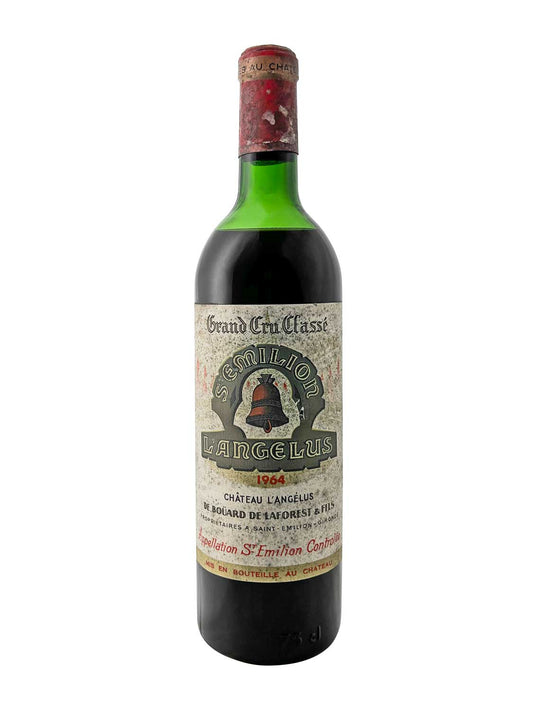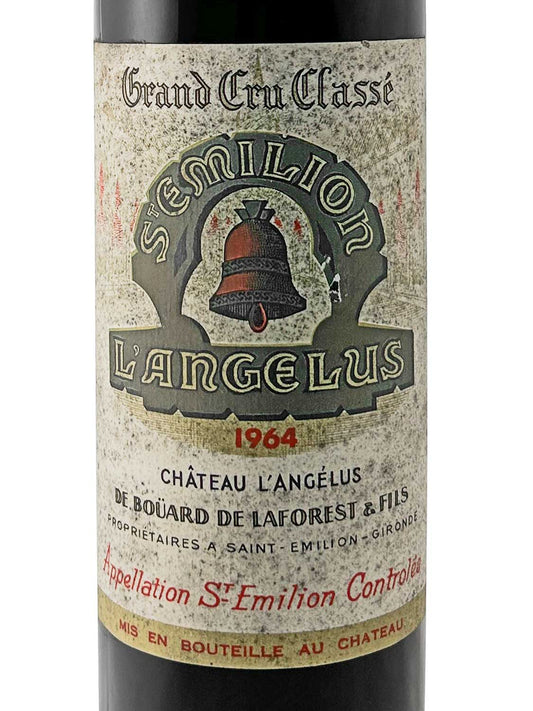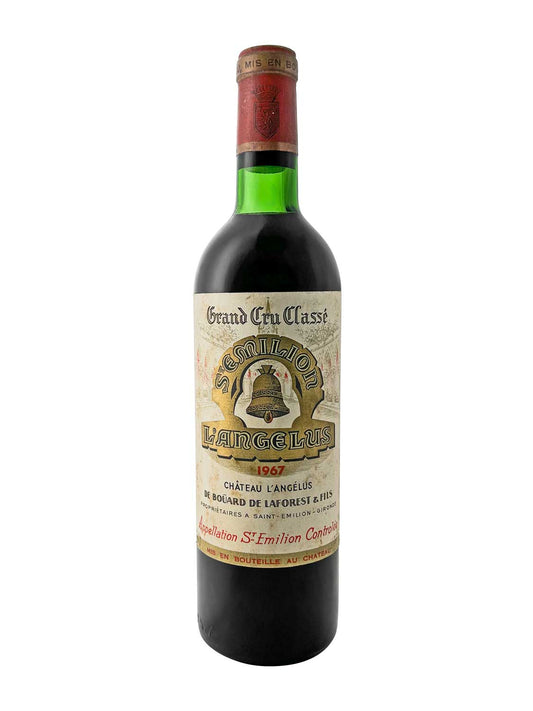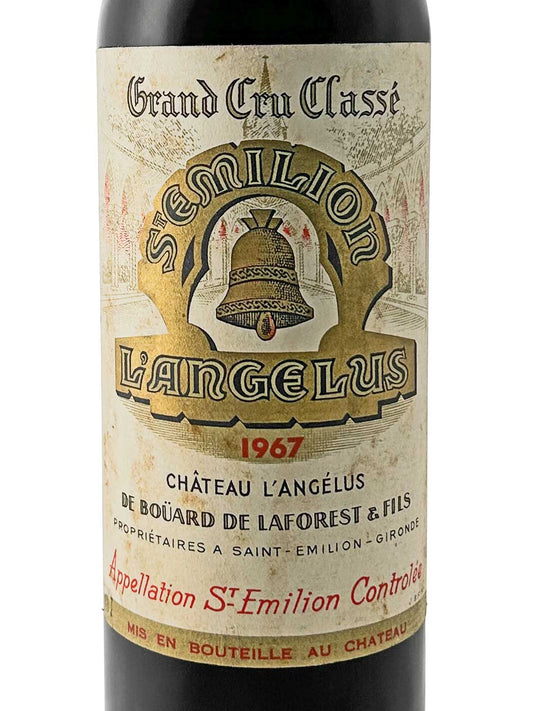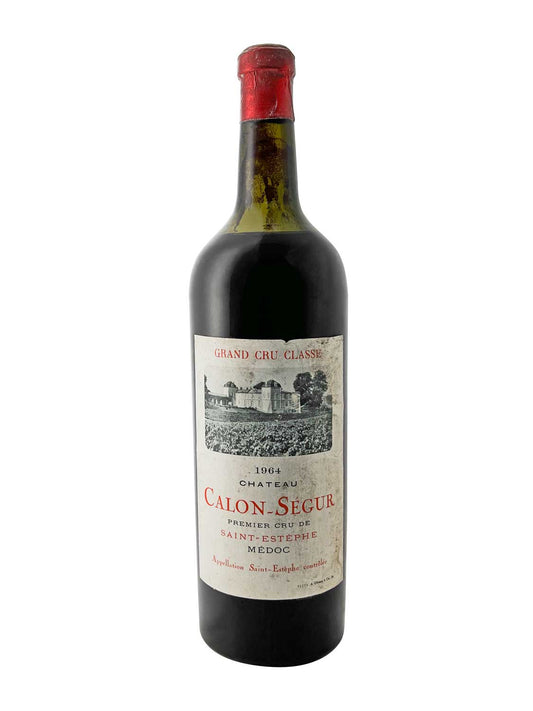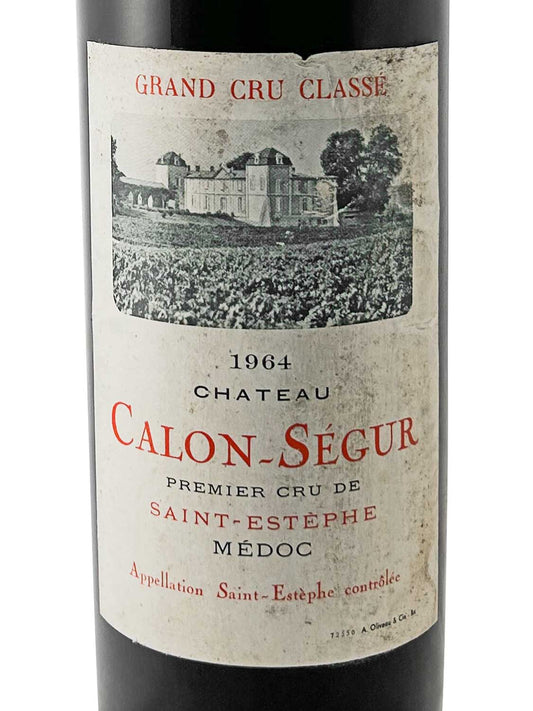
How old can wine get?
The Secrets of Wine Aging Revealed
The world of wine is full of mysteries and intrigues, and one of the most frequently asked questions is, "How old can wine get?" This question takes us into the broad areas of wine production, storage, and flavor development. While some wines are meant to be enjoyed immediately, others can age for decades, developing complex flavors that only come to the fore with time. In this blog post, we'll explore the various factors that affect wine longevity, from grape variety to storage conditions to wine's potential. Join us on this journey of discovery and learn how old wine can actually get!
1. The Basics of Wine Aging
Wine aging is a natural process in which chemical reactions take place that affect the wine's flavor, aroma and texture. While some wines are meant to be enjoyed immediately, others can age for years or even decades. The aging process can allow flavors to develop and refine while tannins break down and the wine softens.
Here are some important aspects concerning the aging process of wine:
1.1 Chemical changes
Over time, wine undergoes various chemical reactions that affect its aromas, texture and color. The most important changes include:
Tannin degradation : Tannins, which come from grape skins, seeds and stems, are responsible for the structure and mouthfeel of a wine. Over time, tannins become softer and less bitter, resulting in a more harmonious texture.
Aromatic evolution : The aromas of a wine evolve over time. Fruity notes can give way to complex aromas of spice, earth or floral nuances. In red wines, aromas such as cherry or plum can transform into earthier or spicy notes.
Color changes : Red wines may fade in color over time, taking on a brownish hue. White wines, on the other hand, may darken and develop golden or amber nuances.
1.2 Influence of oxygen
Oxygen plays a crucial role in the aging of wine. In small amounts, oxygen can have positive effects by enhancing aromatics and promoting tannin breakdown. However, too much oxygen can lead to oxidation, which can spoil the wine. For this reason, it is important to store wines under controlled conditions.
1.3 Storage conditions

The way wine is stored has a significant impact on its aging process:
Temperature : Ideal storage temperatures are between 10 and 15 °C. Temperature fluctuations should be avoided.
Humidity : Moderate humidity (approx. 75 - 85%) helps protect corks from drying out.
Darkness : UV light can be harmful to wine, so it should be stored in a dark place.
Quiet environment : Vibrations can disrupt the aging process, so the wine should be stored in a quiet place.
1.4 Aging potential
Not all wines are designed to age for long periods of time. Some wines are designed for immediate enjoyment and should be consumed within a few years of bottling. However, high-quality wines with good tannin, acidity and complexity have the potential to age for years or even decades.
2. Which wines age best?
The ability of a wine to age well depends on several factors, including the grape variety, winemaking method, storage conditions and region. Not all wines are suitable for long-term storage.
Also read: Wine from the supermarket - Why supermarket wine is not the right choice for a wine collection
Here are some wine types and regions that are known to age particularly well:
2.1 Red wines
Bordeaux : In particular, wines from renowned estates such as Château Mouton-Rothschild , Château Pavie and Château Léoville las Cases have a high aging potential (20 to 50 years or more).
Burgundy : Pinot Noir from the Côte d'Or can also age very well and develops complex aromas over time.
Barolo and Barbaresco : These Italian wines made from the Nebbiolo grape can age for 10 to 30 years or more.
Syrah/Shiraz : High-quality Syrah wines from the Rhône Valley (e.g. Côte-Rôtie) or Australian Shiraz can also be stored for a long time.
2.2 White wines
Riesling : High-quality Rieslings from Germany (e.g. Mosel or Rheingau) can live for 20 to 50 years and develop complex aromas of honey and petrol over time.
Chardonnay : Especially those from Burgundy (e.g. Meursault or Puligny-Montrachet) can age well and show remarkable complexity with age.
2.3 Dessert wines

Sauternes : This dessert wine from Bordeaux has great ageing potential and can be aged for several decades.
Port wine : Vintage ports can be over 50 years old and develop rich flavors over time.
Tokaji Aszú : These Hungarian sweet wines also have a high aging potential.
2.4 Sparkling wines
Champagne : High quality champagne (especially vintage champagne) can age well and often has an aging potential of 10 to 20 years or more.
Choosing the right wine also depends on personal preferences. It is advisable to read up on specific vintages and producers in order to select the best wines for your wine collection!
3. How old do wines get?
The oldest wines in the world are often fascinating witnesses to winemaking history and are viewed in various contexts, be it through their actual aging or through historical significance.
Read also: Wine as a witness of past eras
Most wines are not designed to last for decades or even 100 - 300 years. The choice of wine for your own wine collection is therefore limited. Here are some notable examples:
The Roman wine of Speyer
This is one of the oldest known wine bottles, discovered in 1867 in a Roman tomb in Speyer, Germany. The bottle contains a wine from the 4th century AD that is considered "Roman wine." Although no one knows what the wine tastes like, the bottle itself is a significant archaeological artifact.
Château d'Yquem 1787
This winery is known worldwide for its exclusive dessert wines and comes from the Sauternes appellation in Bordeaux. At an auction, a bottle of the 1787 vintage from Château d'Yquem changed hands for around 100,000 US dollars. It can be assumed that this historic dessert wine is still drinkable. The question is whether one would want to sacrifice such a collector's item for enjoyment.
red wines from Château Lafite-Rothschild
A bottle of Château Lafite-Rothschild from 1787 went under the hammer at an auction for around 156,000 US dollars. The price is not only due to its age. At the time, it was believed that this bottle of red wine had once been owned by the American President Thomas Jefferson.
The Sunken Treasure
A bottle of Heidsieck 1907 champagne lay on the seabed for 80 years after a ship sank. Divers were able to recover a few bottles and one bottle found a new owner for approximately $275,000.
It doesn't have to be such distinctive and high-priced wines for your wine collection. Rather, these extraordinary examples illustrate the various criteria why decades-old wines rest in wine cellars.
A wine collector usually focuses on the following criteria:
- reputation of the winery
- quality (classification)
- century wines
- Historical wines
- rating by wine critics
- age or specific year groups
- market demand or availability/rarity value
- etc.
Conclusion
The oldest wines are often more than just wine; they are cultural artifacts with historical significance. While many of these wines may seem prohibitively expensive, they showcase the long history of viticulture and the art of winemaking over the centuries. When it comes to old wines for your own wine collection, Bordeaux wines, vintage champagnes, or high-quality ports and Madeira wines are often the best candidates for long-term storage over many decades.
In summary, not every wine is suitable for collecting. High-quality wines with good aging potential, rarity and market demand are usually the best candidates for a collection. Ultimately, personal preference should also play an important role in the selection!

